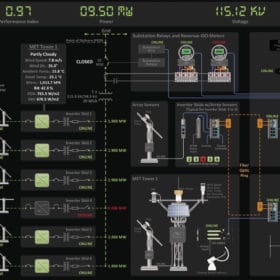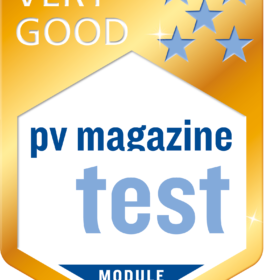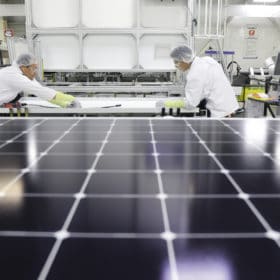Independence day
Endurans Solar sprung into existence earlier this year following the acquisition of DSM’s Advanced Solar business by U.S.-based coatings and adhesives company Worthen Industries. The now independently operating company has big plans for the solar industry, including expansion beyond its core backsheet business. pv magazine caught up with Nathan Arbitman, president of Endurans Solar.
Final thought: Flexibility first
Mondragon Assembly’s Solar Business Committee: Xabier Otaño, Oier Aliaga, Gorka Garcia, Iñaki Madina and Iñigo Berridi
State aid for EU solar
The European Commission’s revision of the General Block Exemption Regulation bodes well for the solar industry. The plan will allow EU member states to grant subsidies to renewables projects without first seeking approval from Brussels. Andreas Walstad reports that hydrogen projects appear to be the big winner, but notes that solar manufacturing may also benefit from the changes.
Made in MENA
Despite big ambitions and even bigger projects being built across the region, PV manufacturing in the Middle East has never got off the ground. In Saudi Arabia, however, one manufacturer is realizing plans for a gigawatt-scale module factory. Over the next five years, Desert Technologies plans to bring 3 GW of heterojunction production to the Kingdom. pv magazine takes a look at the challenges facing PV manufacturers in Saudi Arabia, and the opportunities the nation may hold.
European batteries, a sustainable reality
Building on Germany’s technical expertise and trailblazing track record in the early years of the energy transition, a number of homegrown battery integrators have supplied a range of market segments – with some now enjoying an enviable track record, globally. Tesvolt is one such battery provider, and founder and CEO Daniel Hannemann says that expanded battery production in Europe will only grow in importance.
BESS standards to secure supply
Extreme weather events are bringing the security of electricity supply into sharp relief in the United States. From wildfires in California to a Texas cold snap, electricity grids are being pushed to their limits. Trimark has delivered hundreds of megawatt-hours of energy storage products in the country, and believes it can apply its know-how to accelerate large-scale battery deployment, says CTO Bora Akyol.
pv magazine test: February 2021 results
We are pleased to report on the next batch of energy yield results from the outdoor test field in Xi’an, China. We present the results for February 2021, with additional analysis from George Touloupas, director of technology and quality at CEA.
Getting on the front foot
For the effective rollout of the global energy transition we urgently need, the time has come to ensure that all aspects of solar and energy storage supply chains are transparent, sustainable, and just. But how can this be achieved? And are there tangible business advantages to be reaped? As part of our Q2 UP Initiative focus on workers’ rights, pv magazine has compiled a five-step guide for best practice in supply chain management.
SEIA seeks supply chain transparency
As ethical concerns around the solar supply chain grow, the U.S.-based Solar Energy Industries Association (SEIA) has a new tool for improving transparency, backed by a traceability protocol. In late April, SEIA released the protocol, which it said would improve supply chain transparency and help ensure that solar components headed for U.S. projects are “made ethically throughout the solar value chain.” pv magazine USA’s David Wagman takes a closer look.
pv magazine test: May 2021 results
We are pleased to present the next batch of energy yield results from the outdoor test field in Xi’an, China. In this issue, we look at the May 2021 results, along with additional analysis from George Touloupas, director of technology and quality at CEA.








